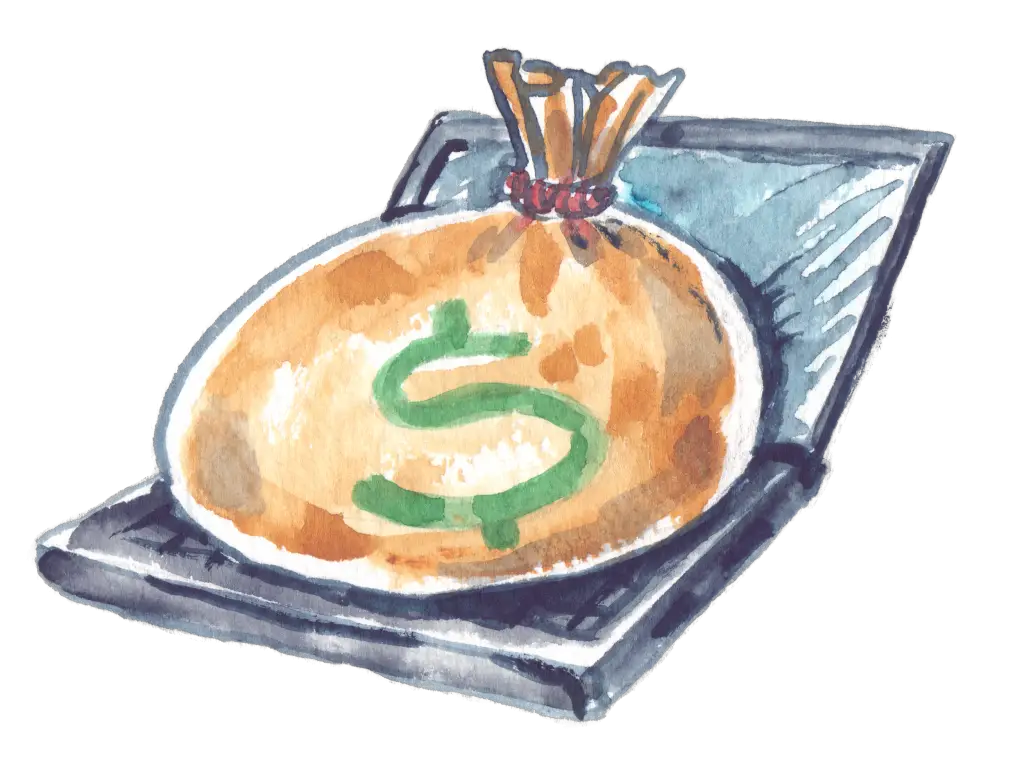
CommonCentsMom.com is advertiser-supported: we may earn compensation from the products and offers mentioned in this article. However, any expressed opinions are our own and aren't influenced by compensation. The contents of the CommonCentsMom.com website, such as text, graphics, images, and other material contained on this site (“Content”) are for informational purposes only. The Content is not intended to be a substitute for professional financial or legal advice. Always seek the advice of your Financial Advisor, CPA and Lawyer with any questions you may have regarding your situation. Never disregard professional advice or delay in seeking it because of something you have read on this website!
It’s estimated that the global stock market’s total market cap value is between $89.5 trillion and $93 trillion, with this including all the major indexes and exchanges that combine to make up the marketplace.
The most value such entity is the New York Stock Exchange (NYSE), which boasts an approximate market cap of $28.19 trillion. The tech-led Nasdaq 100 is also worth $12.98 trillion, with these entities comprising more than 40% of the world’s total market cap.
But how are stock prices and market cap values calculated, and how can you use this information to your advantage as an investor?
How Are Share Prices Calculated?
A company’s market cap is first established through an initial public offering (IPO), where an independent, third-party provider (typically an investment bank) determine the value of your business and the initial price per individual share.
At this stage, a company goes public, and its shares start to trade on a relevant stock exchange. This will usually depend on the location of your business and its chosen market, with the leading UK businesses typically listed on the FTSE100.
Once shares have started to trade publicly on an exchange, their price is dictated by the simple principles of supply and demand. If a stock is in high demand, the finite number of shares available will increase in value, while unwanted or unpopular shares will depreciate in value over time.
Similarly, share prices may also be affected by company or market sentiment, which will color the minds of investors and potentially impact on short, medium and long-term growth.
What You Need to Know About the Market Cap
As we’ve touched on, the market cap is established through an IPO, which determines the cumulative value of a business’s publicly traded shares.
This principle also makes it easier to calculate a company’s market cap value. For example, you simply multiply the share price by the number of shares outstanding, with this value likely to fluctuate frequently over time.
For example, recent pricing dictates that Costco shares sell for $302.45 each, while 441.52 million shares remain outstanding on the market.
When we multiply these numbers together, we can see that the business has a market cap value of $133.54 billion, with this number vulnerable to change as the individual share price fluctuates more shares are issued or sold.
How to Use Market Cap Valuations
Typically, market cap values are split into three categories: namely large, medium and small cap entities.
Understanding this and the broader definition of market capitalization is key, as it helps you to make informed investments that suit your philosophy, trading strategies and bottom-line profit expectations.
Typically, large cap entities are established brands such as Costco, which boasts a high market cap value and typically reliable share prices. Conversely, small cap firms are less established but have higher growth potential over time, while mid cap entities tread the fine line between these two categories.
Clearly, smaller cap firms are also cheaper and more accessible, but the key is to compare market cap data and share prices before building a broad portfolio that minimizes exposure and optimizes potential returns over time.







